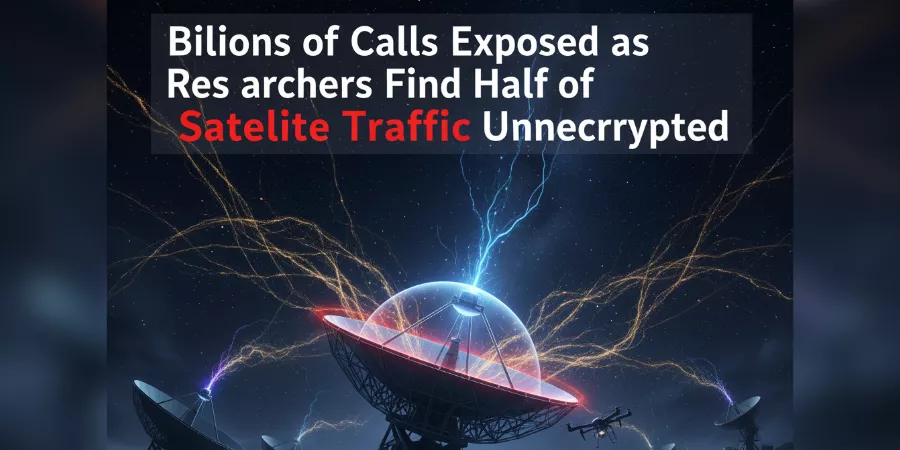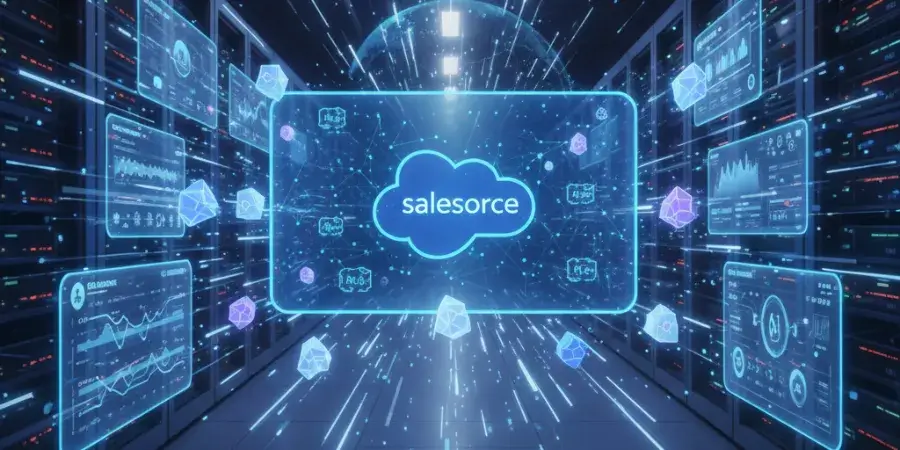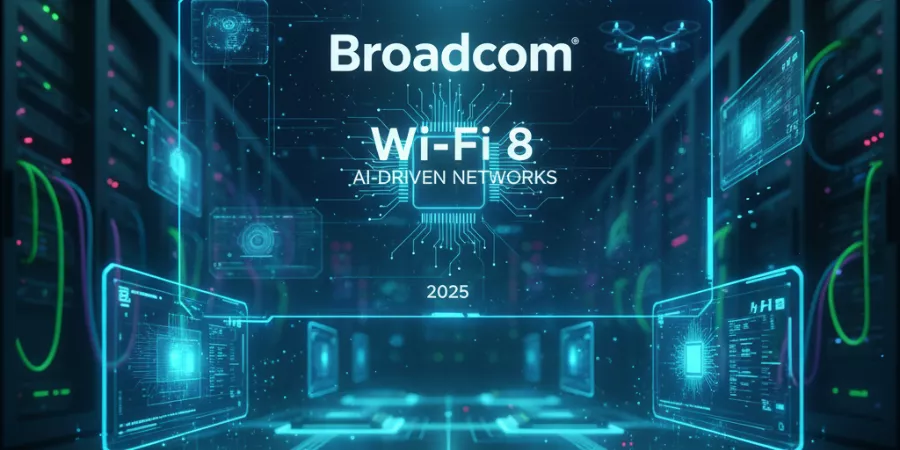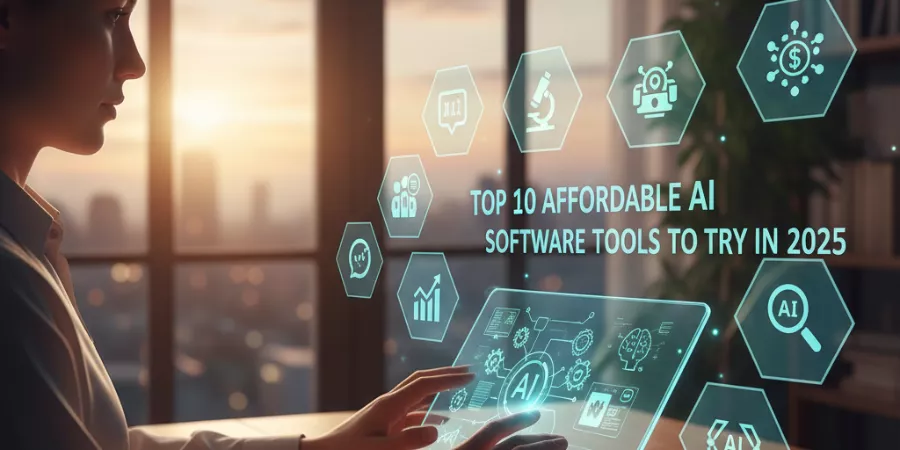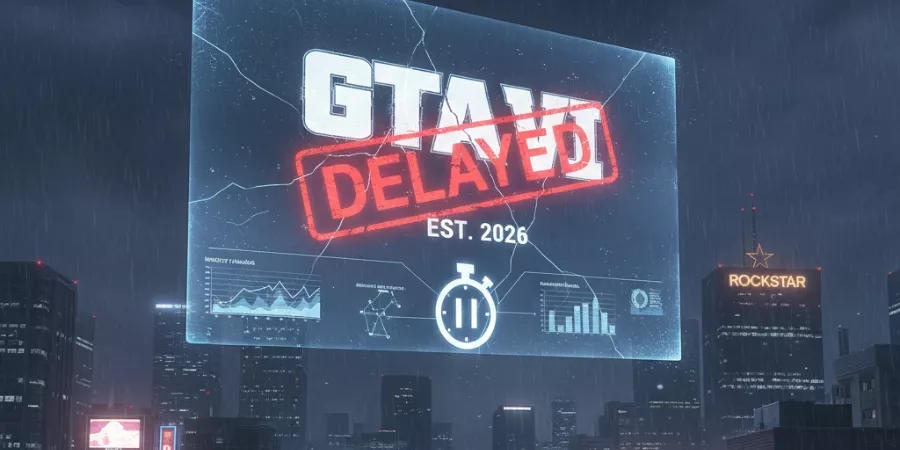On August 6, 2024, workers at Apple’s Towson Town Center store in Maryland ratified the company’s first-ever union contract by 65-33 vote, concluding a two-year negotiation that began when employees made history as Apple’s first unionized U.S. retail location in June 2022. The three-year agreement, negotiated with the International Association of Machinists and Aerospace Workers (IAM), delivers average 10% wage increases, scheduling protections, severance guarantees, and limitations on contractor usage provisions that represent significant victories for a tech retail workforce long classified as expendable despite generating billions in revenue. Yet the contract also reveals unionization’s limitations: wages remain below living wage standards in Maryland’s expensive Baltimore metro area ($22/hour average vs. $25.91/hour MIT living wage for single adult), and Apple successfully blocked provisions for tips, commission structures, and profit-sharing that could have meaningfully redistributed the company’s record profitability. According to labor economists at UC Berkeley’s Labor Center, the Towson contract represents “incremental gains within Apple’s existing compensation framework rather than fundamental power redistribution” a verdict that both celebrates organizing success while acknowledging structural limitations facing retail unions in the 2024 economy. This analysis examines the contract’s specific provisions, compares outcomes to workers’ original demands, assesses industry precedent implications, and evaluates whether this victory accelerates or stalls broader Apple retail unionization efforts at 270+ U.S. stores.
The Road to Ratification: Timeline and Context
Historic Unionization (June 2022)
The organizing campaign:
- Towson store employees: ~110 workers (exact count varies with seasonal employment)
- Union election: 65-33 vote to join IAM CORE (Coalition of Organized Retail Employees)
- Turnout: 98 of 110 eligible workers voted
- Apple’s response: Hired anti-union law firm Littler Mendelson; held mandatory “captive audience” meetings
Why Towson organized first:
- COVID-19 pandemic highlighted health/safety concerns and inadequate sick leave
- Manager turnover created inconsistent scheduling and communication
- Pay stagnation despite Apple’s record profits ($99.8 billion profit in fiscal 2021)
- Location demographics: Suburban Baltimore store with stable, longer-tenured staff vs. high-turnover urban locations
Contract Negotiations (June 2022 – August 2024)
Bargaining timeline:
- June 2022 – December 2022: Initial negotiations; limited progress on economics
- January 2023 – April 2024: Stalled talks; union filed unfair labor practice charges with NLRB
- May 2024: Workers authorized strike by 95% vote; Apple returned to bargaining
- July 2024: Tentative agreement reached
- August 6, 2024: Contract ratified 65-33
Key negotiation leverage points:
Worker leverage:
- Strike authorization created urgency (Apple’s busiest back-to-school/iPhone launch season approaching)
- Media attention on Apple’s anti-union stance created reputational pressure
- Successful Oklahoma City unionization effort (October 2022) demonstrated momentum
Apple’s leverage:
- Deep financial resources ($162 billion cash reserves) enable sustained negotiation delays
- Can shift customer traffic to nearby stores during strikes
- Retail workers easily replaceable from Apple’s perspective (despite union arguments about expertise value)
The breakthrough: According to Bloomberg reporting (July 2024), Apple agreed to meaningful wage increases only after IAM threatened strike for late August timing that would coincide with iPhone 16 launch preparations when store disruption costs peak.
Contract Provisions: Detailed Analysis
Compensation and Wages
Average 10% pay increase over three years:
- Year 1: 5% increase effective immediately upon ratification
- Year 2: 3% increase (August 2025)
- Year 3: 2% increase (August 2026)
Base wage context (sources: union members, glassdoor, industry reports):
- Pre-contract average: $22-24/hour for specialists, $28-32/hour for senior specialists/geniuses
- Post-contract Year 1: $23.10-25.20/hour specialists, $29.40-33.60/hour senior roles
- Comparison points:
- Apple’s non-union U.S. stores: $20-26/hour (varies by location)
- MIT Living Wage (single adult, Baltimore metro): $25.91/hour
- Costco retail workers: $27-29/hour starting (unionized wholesale retail)
- Best Buy retail: $16-22/hour (non-unionized tech retail)
What workers didn’t get:
- Tipping/gratuity provision: Union requested customer tipping option (common in non-Apple retail); Apple refused
- Commission structure: Proposal for sales-based commissions on accessories/AppleCare; rejected
- Profit-sharing: Request for annual bonuses tied to Apple’s profitability; denied
- Equity compensation: Stock grants for retail workers (Apple offers to corporate employees); declined
Union organizer perspective:
Eric Brown, IAM negotiator (quoted in Washington Post, August 2024): “We wanted wages that reflect the value these workers create. Apple generates $100 billion in profits, but retail workers who drive customer loyalty and sales were making barely above Target wages. The 10% is progress, but it doesn’t fundamentally change the power imbalance.”
Work-Life Balance and Scheduling
Key provisions:
1. Weekend Scheduling Limits
- Workers can only be scheduled maximum 12 weekend days per quarter (out of ~26 weekend days)
- Guarantees at least 2 full weekends off per quarter
- Previous practice: No limits; some workers scheduled 20+ weekend days
2. Shift Change Notification
- Minimum 3 days advance notice for schedule changes (up from 24 hours)
- Last-minute changes (<3 days) require worker consent; refusal can’t be disciplined
- Emergency schedule changes (staff illness, etc.) exempt but must pay 1.5x hourly rate
3. Vacation Request Transparency
- Vacation requests approved/denied within 2 weeks (previously no time limit)
- Denial must include written explanation and alternative dates
- Annual vacation days: Increased from 12 to 14 days (year 1), 15 days (year 2), 16 days (year 3)
4. Part-Time Worker Protections
- Part-time workers (<30 hours/week) guaranteed minimum 15 hours weekly
- Previously managers could schedule as few as 4-8 hours, effectively forcing resignation
- Protection against “scheduling out” tactic where managers reduce undesirable workers’ hours to force quitting
Worker testimony:
Anonymous Towson employee (via More Perfect Union documentary, September 2024): “Before the union, I’d get my schedule Friday night for the next week starting Monday. I’m a single parent how do I arrange childcare with 48 hours notice? Now I know my schedule three weeks out. That alone was worth organizing.”
Job Security Provisions
1. Severance Guarantees
- Layoffs: Minimum 2 weeks pay per year of service (up to 26 weeks maximum)
- Store closures: 90 days advance notice + relocation assistance to nearest Apple store or 4 weeks severance per year of service
- Previously: No contractual severance obligations (Apple provided discretionary severance)
2. Just Cause Discipline Standard
- Workers can only be disciplined/terminated “for just cause”
- Progressive discipline required: verbal warning → written warning → suspension → termination (except gross misconduct)
- Union representation rights during disciplinary meetings
- Previously: At-will employment (terminable for any non-discriminatory reason)
3. Seniority-Based Protections
- Layoff order determined by seniority (last hired, first laid off)
- Shift preference and vacation priority based on tenure
- Protection against favoritism in scheduling/assignments
4. Contracted Employee Restrictions
- Apple can’t use contracted workers for roles covered by union contract unless:
- Temporary seasonal surge (Black Friday through January 15)
- Specialist positions vacant >45 days despite recruiting efforts
- Technical roles requiring expertise unavailable among bargaining unit
- Contractors can’t exceed 10% of store headcount
- Violation triggers $5,000 penalty paid to union per infraction
Strategic significance:
This provision addresses Apple’s alleged anti-union tactic: According to NLRB complaints filed by IAM (2023), Apple increased contractor usage at Towson post-unionization, reducing hours for union members while maintaining store operations through non-union labor. The contract language aims to prevent this union avoidance strategy.
Benefits and Healthcare
Commitment to maintain existing benefits:
- Healthcare plans unchanged (Apple’s medical/dental/vision coverage)
- 401(k) matching unchanged (6% match on contributions)
- Employee discount on products unchanged (25% on Mac, iPad; 10% on iPhone)
- Stock purchase plan eligibility unchanged (15% discount on Apple stock)
New transparency requirement:
- Any changes to benefits must be negotiated with union (not unilaterally imposed)
- 60 days advance notice of proposed benefit changes
- Provides union veto power over benefit reductions
What this doesn’t include:
- No benefit improvements or enhancements
- Healthcare still subject to Apple’s cost-sharing increases (premiums rose 8% company-wide in 2024)
- No additional paid leave beyond statutory minimums
Critical analysis:
Labor economist Kate Bronfenbrenner (Cornell ILR School): “This is defensive bargaining protecting what exists rather than expanding benefits. It’s common in first contracts where employers want to establish that unionization doesn’t yield substantial gains, discouraging organizing elsewhere. Towson workers secured ‘maintenance of status quo,’ which is victory given Apple’s power, but not transformative gains.”
The Ratification Vote and Worker Response
Vote Breakdown and Analysis
August 6, 2024 vote results:
- Yes (Ratify): 65 votes (66.3%)
- No (Reject): 33 votes (33.7%)
- Turnout: 98 of ~110 eligible workers (89%)
Demographic patterns (based on interviews, union statements):
- Strong yes votes: Longer-tenured workers (5+ years), parents with scheduling concerns, older employees valuing job security
- Strong no votes: Younger workers seeking higher wages, employees disappointed by lack of commission/profit-sharing
Post-vote worker reactions:
Pro-ratification worker (anonymous, via The Verge interview): “Is this contract perfect? No. Did we get everything we wanted? No. But it’s our first contract, and we got real improvements especially on scheduling and job security. We build from here.”
Anti-ratification worker (anonymous, via Vice interview): “We authorized a strike by 95%, then settled for 10% over three years when inflation’s been 15% over that period. We gave up our leverage too easily. Apple can afford way more than this.”
Union Leadership Defense
IAM CORE statement (August 7, 2024): “This contract represents the first time Apple retail workers have forced the company to negotiate wages, benefits, and working conditions. It establishes union recognition, grievance procedures, and a framework for future improvements. First contracts are always foundational subsequent contracts build power.”
Organizing strategy perspective:
Robert Bruno (University of Illinois labor relations professor): “First contracts rarely achieve all organizing goals. Their primary value is establishing the union’s permanence and demonstrating to non-union workers that organizing delivers results even modest ones. If Towson’s contract had been rejected, it would signal to other Apple workers that unionizing leads to gridlock, not gains.”
Industry and Competitive Context
How Towson Contract Compares to Tech Retail
| Company | Union Status | Starting Wage | Scheduling Rights | Severance |
|---|---|---|---|---|
| Apple (Towson) | Unionized (IAM) | $23-25/hr | 3-day notice, weekend limits | 2 weeks/year of service |
| Apple (non-union) | Non-union | $20-26/hr | Varies by location | Discretionary |
| Microsoft Store | Non-union | $21-27/hr | 1-week notice typical | None contractual |
| Best Buy | Non-union | $16-22/hr | 5-day notice (informal) | None contractual |
| Costco | Unionized (Teamsters) | $27-29/hr | 2-week notice | 1 week/year of service |
| Target | Non-union | $15-24/hr | 10-day notice (policy) | None contractual |
Key observations:
- Towson wages higher than non-union Apple and all non-union tech retail
- Lower than unionized wholesale (Costco) despite Apple’s higher profitability
- Scheduling protections stronger than most tech retail, weaker than union grocery/wholesale
Comparison to Apple’s Corporate Employee Compensation
Stark disparity:
Retail (Towson, unionized):
- Average compensation: ~$50,000 annually (after Year 1 increase)
- Benefits: Healthcare, 401(k) match, product discounts
- No equity grants
Corporate (non-unionized engineers, product managers):
- Average compensation: $150,000-300,000+ annually (salary + bonus)
- Benefits: Same healthcare/401(k), plus free lunch, commuter benefits, onsite fitness
- Equity grants: $50,000-200,000+ annually in Restricted Stock Units (RSUs)
Ratio analysis:
- Corporate median compensation: 4-6x retail worker compensation
- Apple CEO Tim Cook (FY2023): $63 million total compensation = 1,260x Towson worker
- Apple’s argument: Skill/education requirements justify differential; union argues value creation is undercompensated regardless of credentials
Broader Labor Movement Implications
Impact on Other Apple Store Organizing Efforts
Current Apple unionization status (October 2024):
Unionized stores:
- Towson, Maryland (IAM CORE) – Contract ratified August 2024
- Oklahoma City, Oklahoma (Communications Workers of America) – Contract negotiations ongoing
Active organizing campaigns:
- Short Hills, New Jersey – Workers filed for union election (September 2024)
- Multiple California locations – Preliminary organizing conversations (unconfirmed)
Stalled/Failed campaigns:
- Atlanta, Georgia (2022) – Union withdrew election petition citing intimidation
- St. Louis, Missouri (2022) – Organizing effort dissolved after organizers terminated
- Grand Central, New York (2023) – Failed to collect sufficient authorization cards
Does Towson contract accelerate organizing?
Arguments FOR momentum:
- Proves viability: Shows Apple will negotiate, unions can deliver gains
- Reduces fear: Workers see unionized colleagues weren’t fired or stores closed
- Template exists: Provides contract language for other locations to build on
Arguments AGAINST momentum:
- Modest gains discourage: If 10% over three years is ceiling, not compelling enough to risk organizing
- Apple’s counterstrategy: Company now knows to increase wages at non-union stores preemptively (already implemented $22 minimum company-wide)
- Individual store challenges: Each location must organize independently under NLRB rules; Towson’s win doesn’t automatically transfer
Labor organizer assessment:
Sara Nelson (International President, Association of Flight Attendants-CWA): “Every union contract victory makes the next organizing campaign easier, but companies like Apple have essentially unlimited resources for union avoidance. The question isn’t whether Towson workers won they did. It’s whether Apple’s anti-union machinery can prevent the win from spreading. That depends on sustained organizing infrastructure and worker solidarity.”
Tech Industry Unionization Trends
Comparative context:
White-collar tech unionization:
- Alphabet Workers Union (CWA): ~1,400 members (0.7% of Alphabet’s 190,000+ employees)
- Amazon Labor Union: Staten Island warehouse (2022 win); contract negotiations stalled
- Microsoft ZeniMax Workers: ~300 QA testers unionized (2023); first Microsoft union contract (2024)
Retail tech unionization:
- Apple stores: 2 of 270+ U.S. locations unionized (0.7%)
- Microsoft Store: All physical stores closed (2020) unionization moot
- Amazon: No retail stores unionized; warehouse organizing ongoing
Pattern analysis: Tech industry unionization concentrated in:
- Lower-wage positions: Retail, warehouses, QA testers, contractors
- Vulnerable workers: Positions facing automation, outsourcing, or AI replacement threats
- Public-facing roles: Where organizing can leverage customer/media pressure
Highly compensated tech workers (engineers, designers, product managers) remain largely non-unionized due to:
- Strong individual compensation and benefits
- Professional identity resistance to “blue collar” union organizing
- Stock-based wealth alignment with company success
- Threat of offshore outsourcing if labor costs increase
Apple’s Strategic Response and Anti-Union Tactics
Corporate Anti-Union Strategy
Despite Towson contract, Apple maintains aggressive union avoidance:
Documented tactics (NLRB complaints, worker testimony, media investigations):
1. Preemptive Wage Increases
- September 2022: Raised starting wages to $22/hour at all U.S. stores (from $20)
- Timing: Two months after Towson unionization, aimed at reducing organizing incentive elsewhere
2. Management Training
- Mandatory “Positive Employee Relations” training teaching managers to identify union organizing signs
- Scripts for discouraging union conversations without violating NLRA
- Leaked internal materials (Vice, 2022) included talking points like “unions introduce third party into relationship between Apple and employees”
3. Captive Audience Meetings
- Mandatory meetings where managers present anti-union messages
- Legal under current NLRA interpretation (though Biden NLRB proposed banning, rule challenged)
- Workers report meetings framed unions as “unnecessary” given Apple’s benefits
4. Alleged Intimidation
- Atlanta store organizers: Terminated shortly before planned election (Apple cited performance; workers filed NLRB retaliation claims)
- Surveillance allegations: Workers report managers monitoring break room conversations, noting who discusses unions
- NLRB findings: Multiple complaints found Apple violated NLRA through coercive statements and surveillance (pending appeal)
5. Geographic Retaliation Claims
- Oklahoma City unionized workers report hours cut, schedules made less favorable
- Towson workers reported similar patterns pre-contract (now protected by contract)
- Difficult to prove intentional retaliation vs. operational decisions
Legal and Financial Resources for Union Avoidance
Apple’s anti-union spending:
- Littler Mendelson (law firm) retainer: Estimated $2-5 million annually for labor relations
- Total union avoidance costs (training, consultants, legal): $10-20 million annually estimated
- Context: Apple’s $99+ billion annual profit makes union avoidance costs rounding error
Why Apple fights unionization:
- Labor cost control: Even modest wage increases across 270 stores × 65,000 retail workers = billions annually
- Operational flexibility: Unions constrain scheduling, outsourcing, role changes
- Precedent concern: Retail unionization could inspire corporate employee organizing
- Ideological resistance: Silicon Valley culture views unions as “old economy” incompatible with “innovation culture”
Worker Power and Structural Limitations
What the Contract Reveals About Union Power in 2024 Economy
Achievements demonstrate:
- Collective bargaining delivers concrete gains impossible individually
- Strike threat remains effective leverage even against trillion-dollar companies
- Legal protections (NLRA) provide framework for worker organizing
Limitations demonstrate:
- First contracts typically defensive (protecting existing conditions) not transformative
- Employers with vast resources can delay negotiations, extract concessions through attrition
- Retail workers’ replaceability limits ultimate leverage (unlike skilled trades)
- Legal system favors employers (weak NLRB enforcement, years-long litigation delays)
The “Just Cause” Protection Paradox
Most significant win: Many labor experts cite “just cause” termination standard as contract’s biggest victory:
Why it matters:
- At-will employment (U.S. default) allows termination without reason
- “Just cause” requires employer prove legitimate reason (poor performance, misconduct, policy violation)
- Shifts burden of proof from worker (proving discrimination/retaliation) to employer (proving justification)
- Enables workers to challenge management decisions without fear of arbitrary firing
The limitation:
- Applies only to 110 Towson workers
- 65,000+ other U.S. Apple retail workers remain at-will
- Creates two-tier employment system: protected (union) vs. precarious (non-union)
- Potentially reduces organizing incentive if Apple can maintain non-union majority
Long-Term Outlook and Unanswered Questions
Will This Contract Spark Broader Organizing Wave?
Factors favoring momentum:
- Economic anxiety: Inflation, housing costs, student debt make wage gains compelling
- Generational shift: Gen Z workers more pro-union than previous generations (61% approval, Gallup 2024)
- Media visibility: Towson contract demonstrates unions can win, inspiring others
- Organizing infrastructure: Established unions (IAM, CWA) investing resources in tech retail
Factors limiting momentum:
- Apple’s countermeasures: Preemptive wage increases, enhanced benefits at non-union stores
- Worker turnover: High retail churn (30-40% annually) makes sustained organizing difficult
- Geographic fragmentation: Each store must organize independently; can’t leverage multi-store momentum under NLRB rules
- Modest gains perception: If Towson workers barely reached living wage after 2-year fight, worth the effort?
Key Questions for Second Contract (2027)
The true test of Towson unionization comes in three years:
Critical negotiations ahead:
- Wage demands: Can union leverage improved position to demand 15-20% increases?
- Profit-sharing/equity: Will workers push harder for wealth redistribution?
- Healthcare: Can union prevent cost-shifting as medical inflation continues?
- Scope expansion: Will contract cover new roles (e.g., AI training specialists if Apple adds in-store AI services)?
Power dynamics:
- Union has established credibility, institutional knowledge, experienced negotiators
- But Apple has learned union’s pressure points, can better resist next time
- Question: Does organizing spread to more stores, strengthening union position? Or does Apple successfully contain unionization to Towson/Oklahoma City?
Conclusion: Incremental Victory in David vs. Goliath Struggle
The Towson Apple Store contract represents both historic achievement and sobering reality check for retail worker power in the 2024 economy. The 110 workers who organized, struck authorization, and ratified this agreement accomplished what seemed impossible just five years ago: forcing the world’s most valuable company to recognize a union, negotiate in good faith, and grant protections non-union workers lack.
Yet the contract’s modest scope 10% raises over three years, scheduling improvements, severance guarantees reveals structural limits facing retail unions. Apple’s $162 billion cash reserves, 270-store U.S. network enabling customer traffic shifts, and sophisticated union avoidance apparatus enabled the company to resist transformative demands while granting incremental improvements unlikely to inspire mass organizing wave.
The true significance may emerge not in immediate contract terms but in multi-year dynamics: If Towson workers leverage this foundation to win substantial gains in 2027 negotiations, and if organizing spreads to 10-20% of Apple stores by 2026-2027, the first contract becomes inflection point. If, however, organizing stalls at 2-3 unionized stores and second contracts deliver similarly modest gains, Towson becomes isolated exception proving how difficult retail unionization remains even when workers “win.”
For now, 110 Apple workers in suburban Maryland have job security, scheduling predictability, and collective voice previous generations of retail workers only dreamed of an achievement worth celebrating while acknowledging the David vs. Goliath struggle ahead for the other 64,890 U.S. Apple retail workers still fighting alone.



